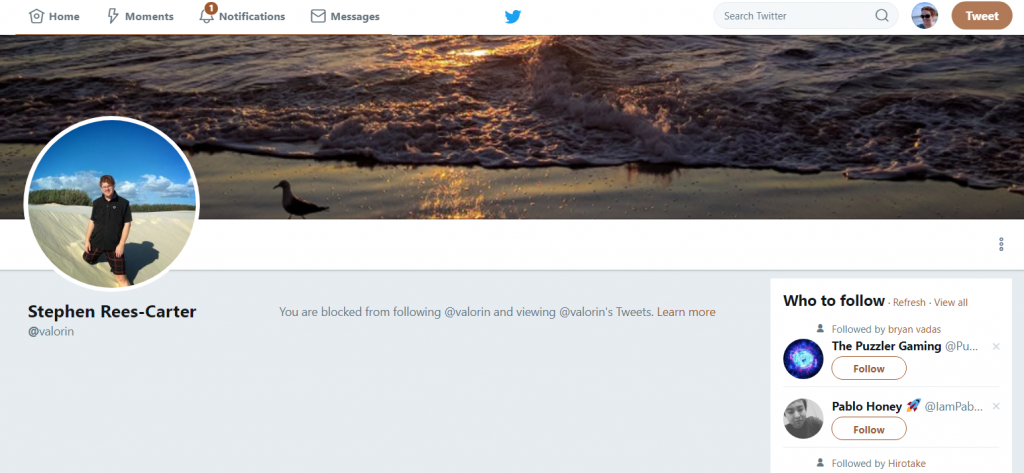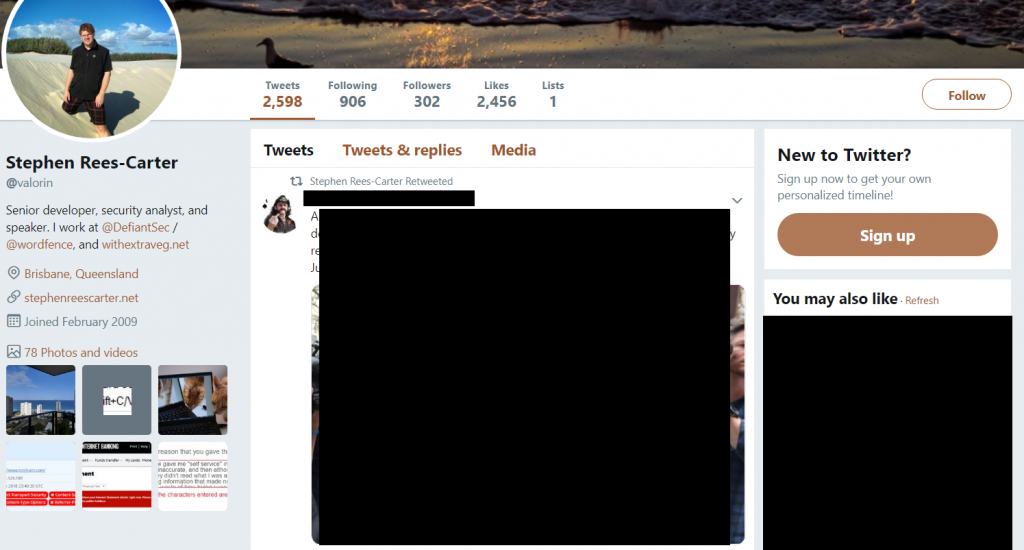There are many social media platforms out there, and they each operate in different ways. They also have varying levels of privacy and protections, which significantly affect the way that they are used and the type of online identity that people portray on each.
I personally have a strong personal interest in feminism, refugees, politics, sustainability and veganism, but I express these views very differently on my social media profiles. These differences largely come down to the different privacy settings and behaviours of each of my social media accounts.
According to Marwick and Boyd (2010, p.115), our actions on a social media platform are governed by our assumptions of what type of audience we have, and we base our interactions on what we feel this imagined audience would appreciate. One of the strongest indicators of audience for a social media platform would be its privacy settings. These settings enable you to know exactly who is able to see your profile, whether you have strong privacy settings so that only a very limited number of people can see your profile, or you have minimal settings so that your activities can be viewed by the public. The inherent behaviour of different social media platforms also provides different levels of privacy.
Facebook, for example, provides you with far greater control over who can see your posts and personal information than Twitter. The first example of this is through the friends or follow feature of each.
In Facebook, adding friends is through a mutual approval process. One person submits a friendship request, and the other person must then approve the request. This mechanism automatically implements a vetting process where you consciously decide whether you want the other person to be viewing your content. If you do not wish for that person to see your profile, you can simply deny them access.
Twitter, on the other hand, does not provide this level of permission. If someone wishes to see your Twitter content, they simply need to follow you. Although you are notified that someone is now following you, there is no requirement for approval on your end. This removes the vetting process, and some followers may even go unnoticed, depending on the number of notifications received in a day.
There is, of course, the option to block someone on Twitter, but even this is handled differently in each of the platforms. As you can see in the image below, Twitter notifies you if you have been blocked by someone.

Blocking in Twitter is also quite trivial to get around, as you can see their full profile if you view it while logged out. You can see in the image below that I still had full access to @valorin’s profile when I was logged out of Twitter, even though he had blocked me.

Facebook, on the other hand, has a simple page not found when you have been blocked (it isn’t that hard to figure out why it isn’t working…) and you are not able to see peoples’ profiles easily if you are logged out.
These simple difference in how Facebook and Twitter operate have resulted in a very different list of friends/followers on each. My Facebook friend list consists of 46 people who are mainly family members, or very close friends, all of whom I have met in person. On my twitter profile, however, I am followed by 12 profiles, and follow 90. Of these, I have only met 2 of them before in my life. The remaining twitter profiles are people or businesses that I share a common interest with, be it veganism, feminism, health, sustainability or politics.
The difference in friends/followers for each platform then influences what I share on each. I am a very private person, and so I do not wish to share my personal life with people that I have never met on Twitter. Instead, I share commentary of my personal and family life with friends and family on Facebook (to an extent… I still do not trust Facebook with family photos, for reasons such as this! But that is a separate issue). On the other hand, many of my family and friends do not share my strong views on social and political issues. As a result, I tend to leave these issues out of my Facebook activities, as they can be quite divisive.

These aspects have led my online identities on Facebook and Twitter to be quite different. On Twitter, I am an opinionated person, who has strong views on health, sustainability, veganism, refugees and politics. On Facebook, however, I am a mum who enjoys travel, spending time with my family and friends, and who appreciates the use of humour to get you through the day.
As you can see, there can be vast differences in the identity that we portray on different social media platforms, and one of the most important factors in determining this identity is our privacy settings.
What type of differences do you have in each of your social media identities, and have your security settings influenced this? Please comment below!
References:
Marwick, A & Boyd, D 2010, ‘I Tweet Honestly, I Tweet Passionately: Twitter users, context collapse, and the imagined audience’, New Media & Society, vol. 13, no. 1, pp. 114–133, doi: 10.1177/1461444810365313